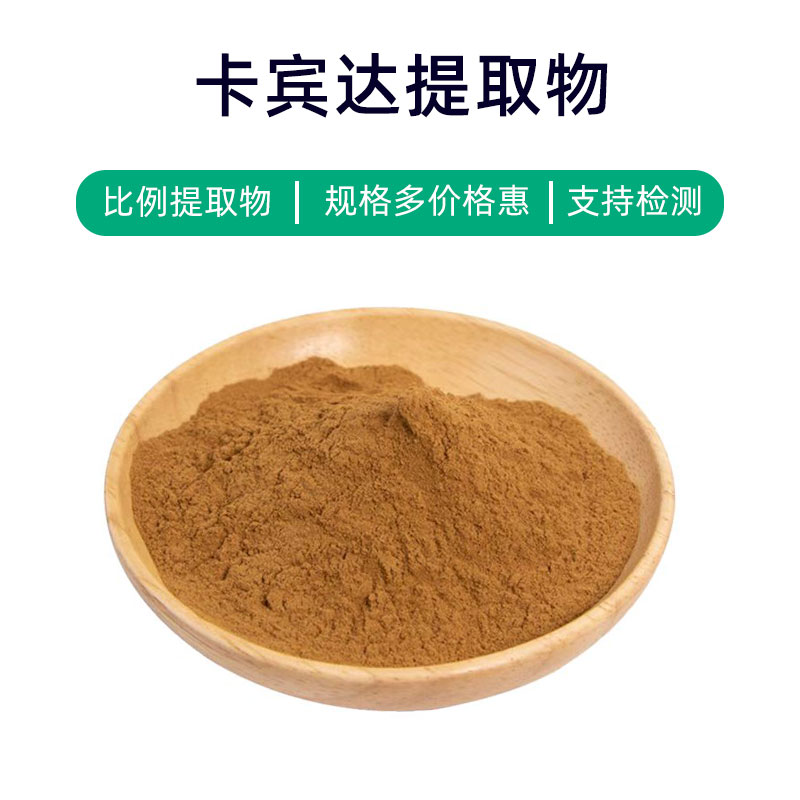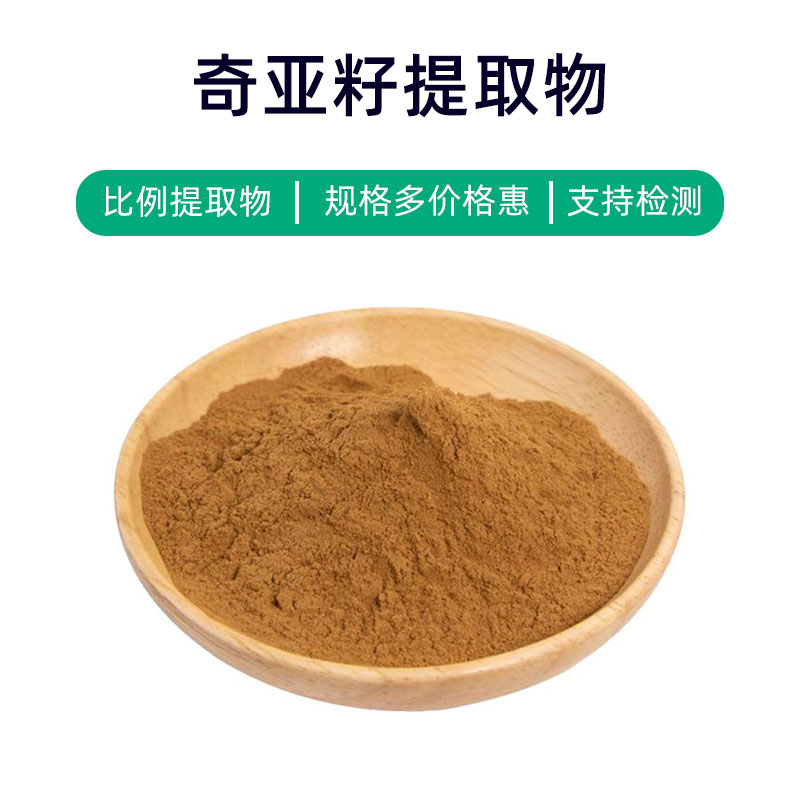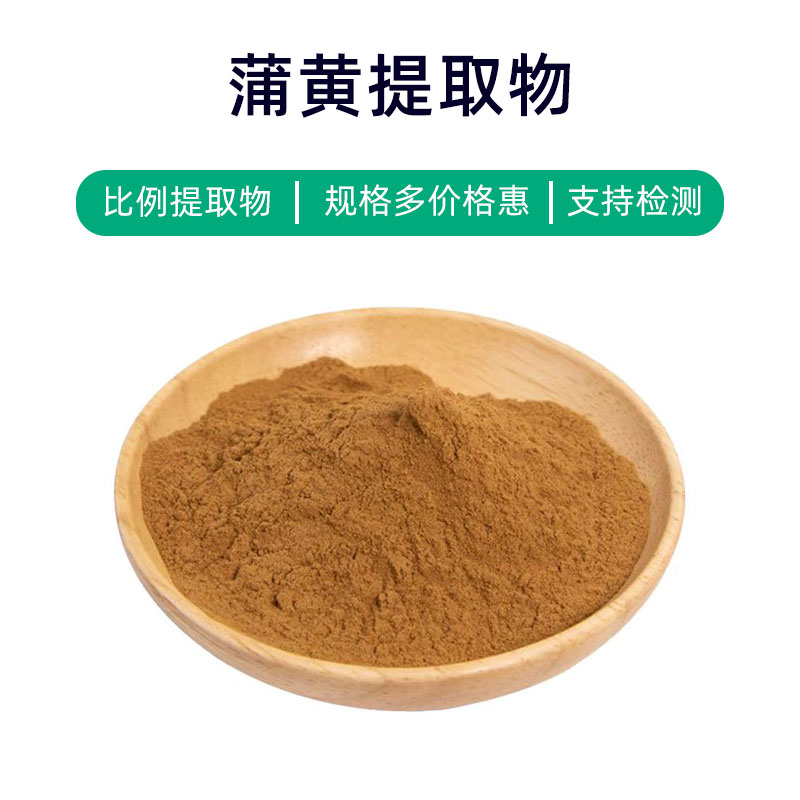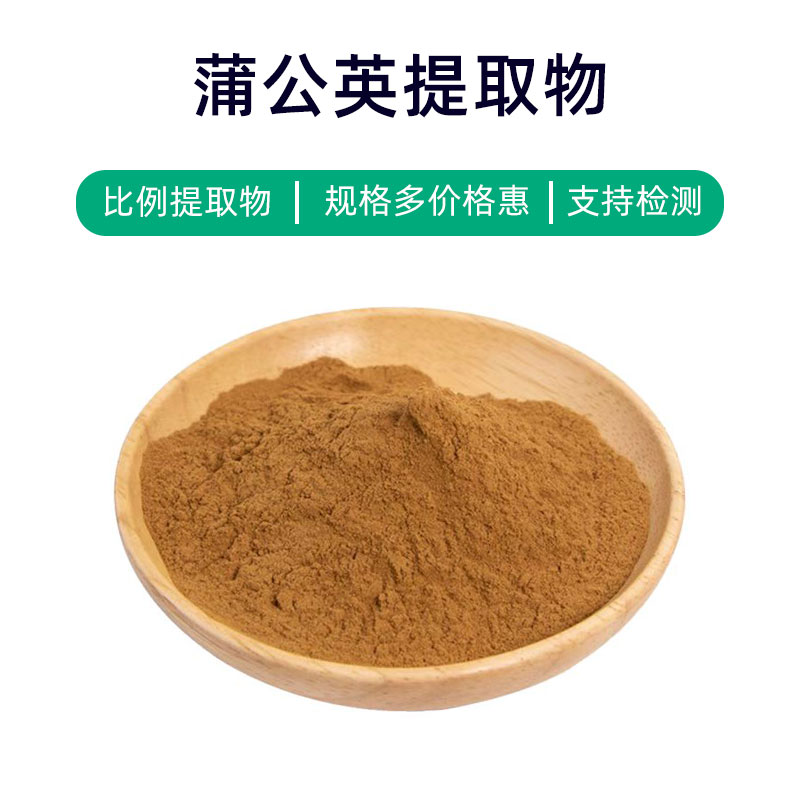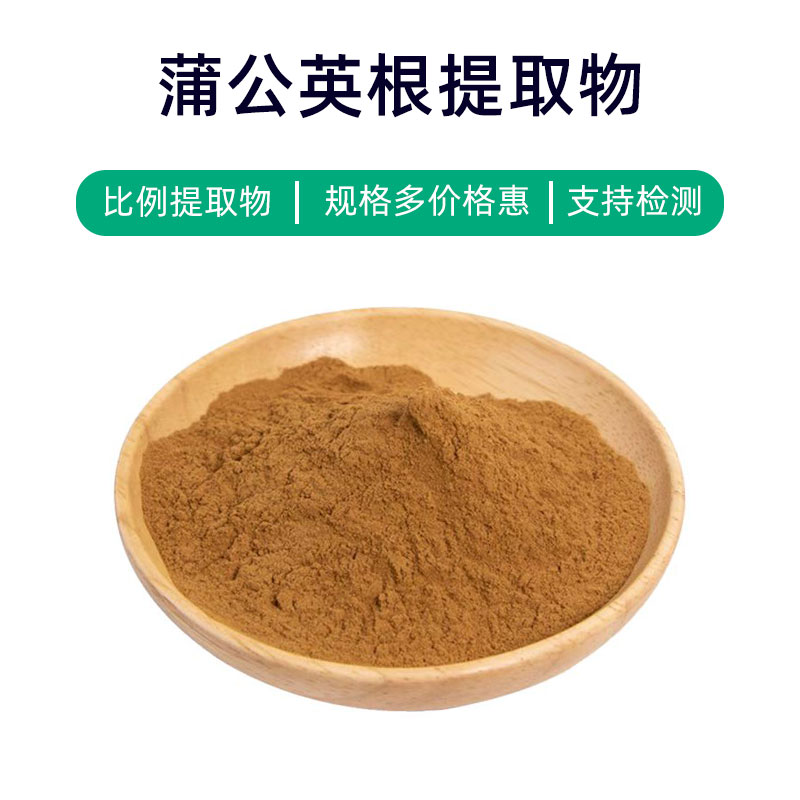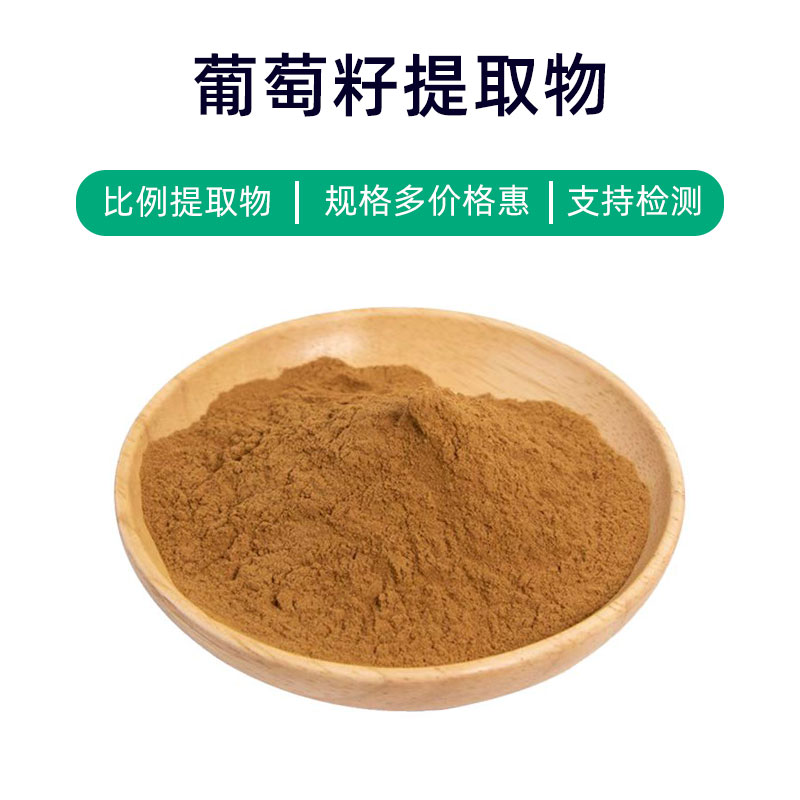Introduction to Prickly Pear Extract
Prickly Pear Extract is a natural plant extract obtained from the fruit of the prickly pear, primarily containing polyphenolic compounds, flavonoids, and vitamins. These components provide various benefits, including antioxidant, anti-inflammatory, and moisturizing properties.
In the pharmaceutical field, prickly pear extract is widely used in traditional medicine formulations, said to help regulate gastrointestinal function and enhance immunity. In the health supplement industry, it is commonly used to improve oxidative stress states, enhance antioxidant capacity, and promote health. Additionally, prickly pear extract is frequently found in skincare products, effectively moisturizing and soothing the skin while reducing inflammation and sensitivity.
Overall, as a natural plant extract, prickly pear extract has great potential for application in pharmaceuticals, health products, and cosmetics, making it a sought-after ingredient in the market.
Production Process of Prickly Pear Extract
The production process of prickly pear extract generally involves the following key steps:
- Raw Material Collection and Preparation: Fresh, ripe prickly pear fruits are selected as extraction material. They should be harvested at the optimal ripeness, followed by cleaning and processing to remove impurities and dirt.
- Crushing and Grinding: The cleaned prickly pear fruits are crushed and ground to increase extraction efficiency. This step usually employs mechanical methods like cutting, grinding, or mixing to break the fruit into small particles.
- Solvent Extraction: The crushed prickly pear fruits are typically extracted using solvents to obtain the active components. Common extraction solvents include water, ethanol, or acetone. During extraction, methods such as soaking, steeping, or continuous extraction are utilized to ensure thorough contact between the solvent and the active ingredients.
- Concentration and Solvent Removal: Following solvent extraction, the extract is concentrated to increase the content of active components. Methods like vacuum evaporation or spray drying are commonly used. The concentrated liquid then undergoes solvent removal to eliminate residual solvents, ensuring the purity and safety of the extract.
- Refinement and Purification: To further enhance the purity and activity of the extract, refinement and purification processes are conducted. This includes using various chromatography techniques, such as gel chromatography, column chromatography, or countercurrent chromatography, to separate and purify the target components.
- Drying and Grinding: Finally, the obtained purified extract is dried to remove excess moisture, turning it into a powder or granular form. Common drying methods include spray drying, vacuum drying, or freeze-drying. The dried extract is then ground to achieve finer particles, facilitating subsequent packaging and application.
In summary, the production of prickly pear extract encompasses key steps including raw material collection, crushing and grinding, solvent extraction, concentration and solvent removal, refinement and purification, and drying and grinding, with strict control of conditions at each stage to ensure the quality and stability of the extract.
Effects and Side Effects of Prickly Pear Extract
As a natural plant extract, prickly pear extract has a broad range of applications in pharmaceuticals, health products, and cosmetics. Its primary effects and functions are detailed below:
- Antioxidant Effect: Prickly pear extract is rich in various natural antioxidants, such as vitamin C, flavonoids, and polyphenolic compounds, which can neutralize free radicals, slow down cellular oxidative damage, and protect cells from oxidative stress.
- Anti-inflammatory Effect: Studies show that prickly pear extract possesses certain anti-inflammatory properties, capable of inhibiting the release of inflammatory mediators, alleviating inflammation, and serving as an adjunct treatment for conditions like arthritis and skin inflammation.
- Liver Protection: The extract contains various active components with liver-protective effects, such as sorbic acid and prickly pear polysaccharides, which promote liver cell regeneration and reduce liver damage markers, providing some protection against liver dysfunction and fatty liver.
- Blood Sugar Regulation: Some research suggests that prickly pear extract may help lower blood sugar levels, promoting insulin secretion and enhancing cellular utilization of glucose, which may assist in controlling blood sugar levels—offering some supportive treatment for diabetes patients.
- Digestive Support: Rich in dietary fiber and digestive enzymes, prickly pear extract can promote gastrointestinal motility and enhance digestive absorption, helping to improve issues like indigestion and gastrointestinal dysfunction.
- Skin Moisturization: Prickly pear extract has excellent moisturizing and hydrating effects, capable of repairing damaged skin and strengthening the skin barrier, providing nourishment and protection for dry, rough skin.
- Anti-aging: The composition of prickly pear extract, rich in vitamins, amino acids, and polyphenolic compounds, exhibits antioxidant and anti-inflammatory properties capable of slowing the skin aging process, reducing wrinkles, enhancing skin elasticity, and delaying skin aging.
Generally, prickly pear extract is unlikely to cause significant side effects when used at appropriate doses. However, individual differences and allergic reactions should be noted during use. It is advisable to conduct a skin sensitivity test before use, and if any adverse symptoms occur, discontinue use immediately and consult a physician.
Application Scenarios and Dosage of Prickly Pear Extract
Prickly pear extract, as a natural plant extract, has multiple applications in pharmaceuticals, food, and cosmetics. Below is a focused overview of its applications and recommended dosages in these fields:
Applications in Pharmaceuticals:
- Anti-inflammatory Pain Relief Formulations: Prickly pear extract can be used as an ingredient in anti-inflammatory and pain relief drugs, aimed at treating conditions such as arthritis and rheumatic arthritis. It is generally used in topical or oral formulations.
- Liver Health Medications: The active components in prickly pear extract have protective effects on the liver and can be used in the formulation of medications for hepatitis, fatty liver, and other liver diseases.
Applications in Food:
- Health Supplements: Rich in vitamins and minerals, prickly pear extract can be formulated into health supplements, promoting enhanced immunity and digestive health. Typical supply forms include capsules, tablets, and liquid extracts, with a general dosage of 10-20 mg taken 1-2 times daily.
- Functional Food Additives: The natural antioxidant components in prickly pear extract can serve as functional food additives, extending the shelf life of food products and enhancing their nutritional value, typically added in accordance with food industry production standards.
Applications in Cosmetics:
- Skincare Products: Due to its moisturizing and antioxidant properties, prickly pear extract can be used in skincare formulations such as creams, lotions, and masks to hydrate the skin and reduce wrinkles. Dosage typically follows the product guidelines.
- Hair Care Products: Prickly pear extract can also be formulated into hair care products like shampoos and conditioners, providing moisturizing and restorative effects for damaged hair, with usage as per product guidelines.
- Makeup Products: Prickly pear extract can be incorporated into makeup products like foundations and lipsticks to enhance moisture retention and texture, with dosage generally according to product specifications.
When using prickly pear extract products, it is advisable to follow these principles:
- Use strictly as per the product guidelines, avoiding overuse.
- For medicinal purposes, consult a healthcare professional for guidance.
- For individuals with sensitivities, conduct a skin sensitivity test, and discontinue use promptly if any adverse reactions occur.
- Store in a cool, dry place, keeping away from direct sunlight to maintain product stability.
Source Plant Description, Distribution, and Growing Conditions of Prickly Pear
Prickly pear, scientifically known as Opuntia ficus-indica, also referred to as cactus or cactus fruit, is a member of the cactus family. Below is a description of the source plant, its distribution, and growing conditions:
Source Plant Description:
Prickly pear is a perennial succulent plant belonging to the cactus family, native to Mexico and Central America, but now widely cultivated and propagated around the world. It features flat, oval, or elongated leaves studded with numerous spines, and may bear red or yellow fruit that is egg-shaped or oval, with thick, juicy skin.
Distribution:
Originally from Mexico and Central America, prickly pear is primarily found in North America, South America, and along the Mediterranean coast. Due to its strong adaptability, it is now widely distributed across subtropical and tropical regions of all continents, including North America, South America, Africa, Europe, and Asia.
Growing Conditions:
- Climate Requirements: Prickly pear has strong adaptability, growing in arid, semi-arid, and humid climates, but it favors ample sunlight and warm temperatures. They are commonly found in deserts, wastelands, grasslands, and at the edges of forests.
- Soil Requirements: Prickly pear is not overly demanding in terms of soil, thriving in poor sandy soils, clay, or limestone-rich soils. However, well-drained, loose, and fertile soil is more beneficial for its growth.
- Moisture Requirements: Prickly pear requires moderate moisture, being drought-tolerant, but needs sufficient water during growth periods. Excessive moisture can lead to root rot and hinder growth.
- Cold Tolerance: Prickly pears can tolerate cold but their growth rate slows or even halts in low temperatures; typically, growth ceases below 5 degrees Celsius.
In conclusion, as a highly adaptable succulent plant, prickly pear can thrive under various environmental conditions, but its growth rate and fruit yield significantly increase under favorable climate, soil, and moisture conditions.
Processing and Storage of Prickly Pear Extract
The processing of prickly pear extract typically involves the following steps: Fresh prickly pear fruits or pads are first harvested, then cleaned and de-spined. Next, the cleaned fruits or pads are crushed or chopped for easier extraction. Following that, appropriate extraction methods (such as water or alcohol extraction) are used to obtain the active components from the prickly pear. Finally, through steps like filtration, concentration, and drying, the final product is obtained.
For storage, prickly pear extract should be kept in a dry, cool, well-ventilated area, away from direct sunlight and high temperatures. Additionally, it is essential to avoid contact with harmful gases and odorous substances, as this can affect its quality. Store in a sealed container and regularly check the extract’s appearance and smell to ensure it remains uncontaminated and stable.
Monica Sun is a seasoned expert in the plant extraction industry with over a decade of experience in research and production. She specializes in the extraction and purification of plant active ingredients, focusing on driving innovation in natural product applications. Monica has participated in the development of multiple functional plant extracts, delivering high-value natural raw material solutions for the health food, pharmaceutical, and dietary supplement sectors.









